What Remains
2009/13, PAL 4:3, 13 min, colour, original sound, english subtitles
voice over: assistant editor de Volkskrant: Gijs van den Heuvel

© Video still
=werk=28=f27

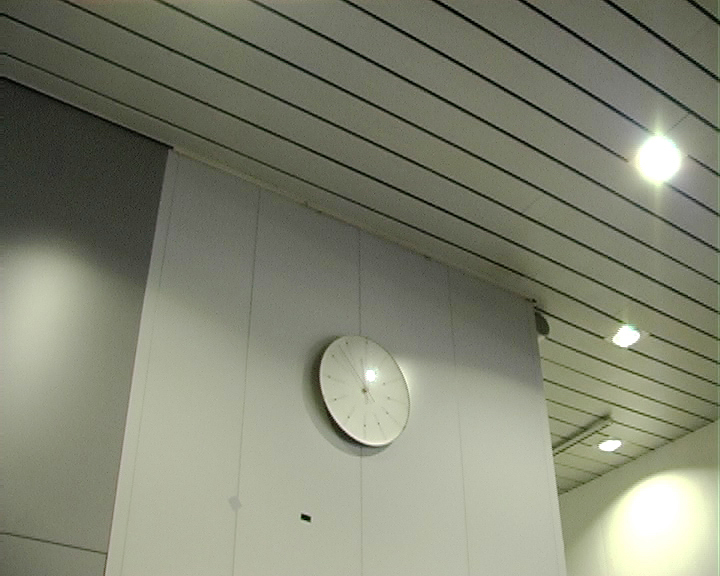
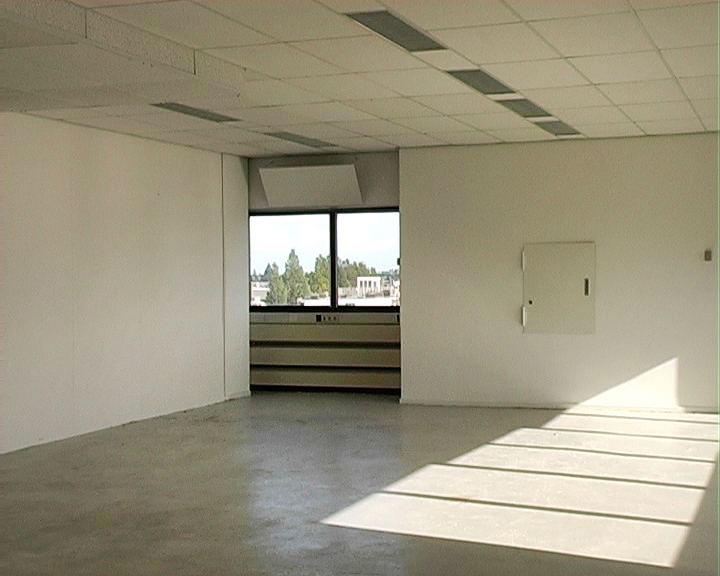
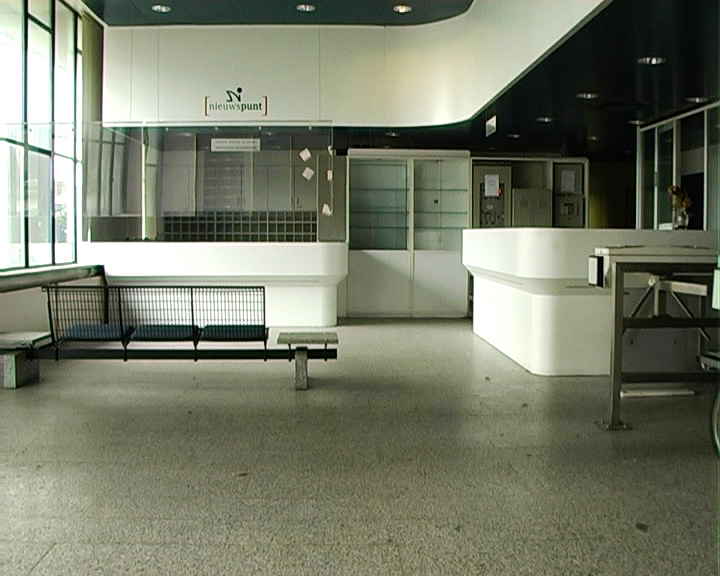
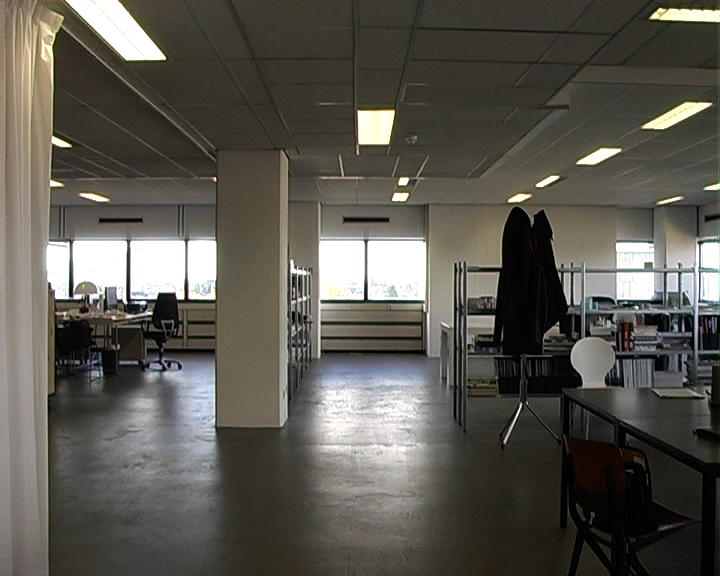

© Video stills
Passing the Past
19. – 26.04.2009
P///AKT, Amsterdam
agentur: in transit: exhibition at P///AKT
www.agentur.nl
www.pakt.nu

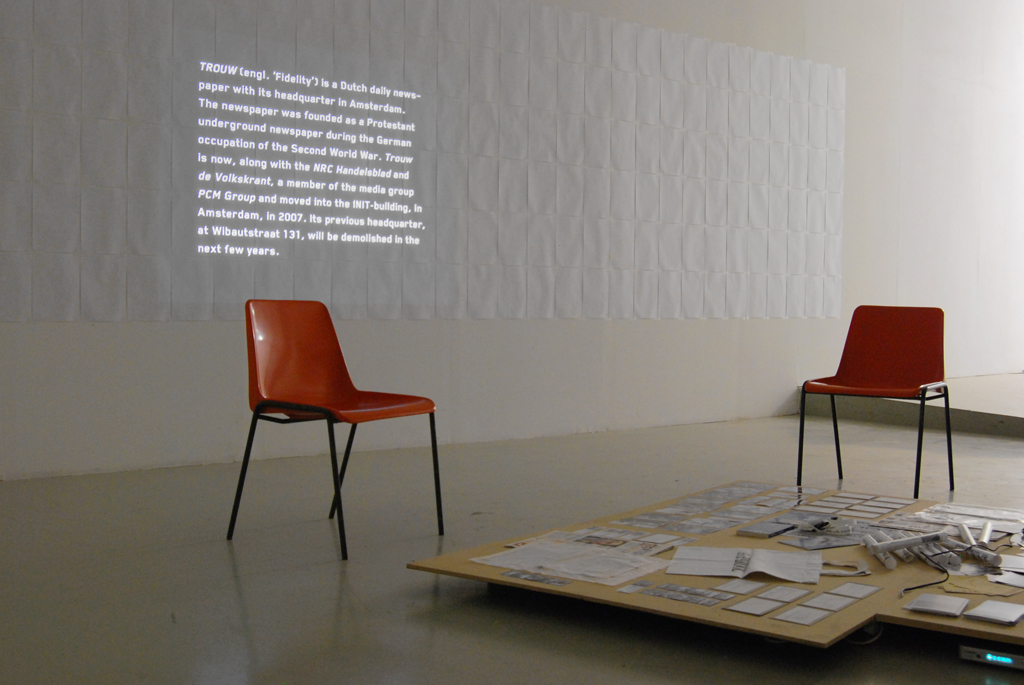

© Exhibition view: Passing the Past, P///AKT, Amsterdam, 2009
In this solo exhibition, Annja Krautgasser shows a selection of recent video works. The registered spaces are analytically studied and depicted within the adaptation by their new users. In “What Remains”, relict newspaper buildings seem to want to talk with each other, showing each other their bold faces. Hallways are mostly empty, tables leaning around uselessly. Every shot is an imaginary glance to the past, with once busy employees filling in the news of the next day’s issues. The only remainders of the former function are the large typefaces on top of the facades. With her architectonical portraits, Annja Krautgasser turns buildings into protagonists, revealing glimpses of their past. (Karin Christof, agentur:)

© Building view, Trouw/Het Parool, 2009
DeutschEnglish
screening (new version): • Diagonale 2013 - Festival des österreichischen Films, Graz
exhibitions (old version):
=werk=28=f15
No:
=werk=28=f1